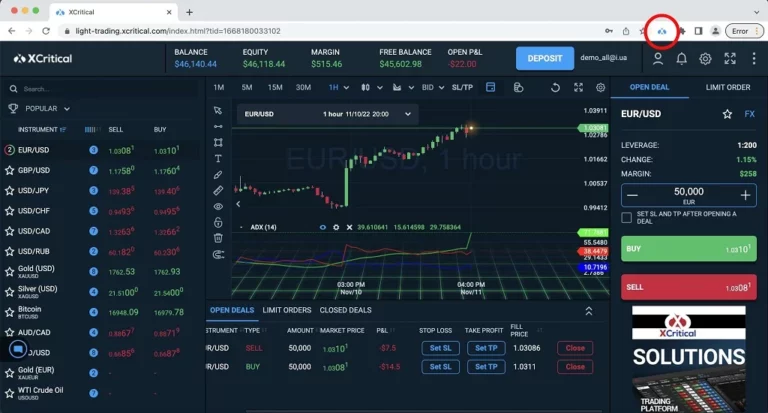Content
This inclusivity can drive financial inclusion and economic development in underserved regions. Traditional bank transfers can take several days to complete due to the involvement of multiple intermediaries and time zone differences. A recent survey by McKinsey & Company found that the average how to use blockchain payments cross-border payment through traditional banks takes 2-5 business days to settle.
Impact of Cryptocurrencies on Transaction Productivity
Over subsequent days, funds are transferred from the issuing bank to the acquiring bank. Both the Financial Conduct Authority (FCA) and the central bank plan to release final rules through consultations by mid-2024, with the stablecoin regulatory framework set to be implemented by 2025. The new rules mandate crypto-asset service providers to adhere to stringent requirements to safeguard https://www.xcritical.com/ consumer wallets, holding them liable for any loss of investors’ crypto-assets. Entrepreneurs must consider the scalability of the chosen blockchain network to ensure it can handle increasing transaction volumes as the business grows.

Worldpay Dives into Blockchain Validation as Crypto Payments Surge and Global Regulatory Landscape Shifts
Furthermore, regular system scans and bug bounty programs can help identify and patch vulnerabilities before they’re exploited. For example – Everledger, a blockchain platform, tracks the provenance of diamonds. This ensures the authenticity of diamonds throughout the supply chain, increasing consumer trust Stockbroker in the diamond industry. Traditional systems rely on centralized record-keeping, making them susceptible to fraudulent activities where counterfeiting and unauthorized transactions can occur if security measures are compromised.
Blockchain Technology vs. Traditional Bank Transfers: The Future of Cross-Border Payments
Together, they make up what is called the “payments stack.” These different parties work together to create trust. They check that transactions can be carried out and manage the transfer of funds. At the same time, this trust has a cost, which is ultimately borne by merchants. With just a smartphone and internet connection, individuals can access blockchain networks and perform transactions.
Blockchain payments: regulatory trends for 2024

Transparency is key – keeping users informed about the steps being taken builds trust and fosters a healthy user experience. These can outline dispute resolution protocols for situations like fraud or accidental payments. Think of it as a rulebook for handling conflicts within the blockchain ecosystem. Furthermore, innovative solutions are being explored to facilitate controlled reversals.

These use blockchain financial services to cut costs and increase transparency. Furthermore, decentralized exchanges facilitate secure, direct trading and can thus elude the inefficiencies of centralized systems. Since the days of Bitcoin, crypto has come a long way and helped contribute to the financial payments ecosystem.
A barrier to crypto’s early adoption was the need for traditional payment integration. Thus, developers built payment processors for exchanging between crypto and fiat. Companies that pioneered this payment integration niche included CoinPayments and BitPay. Over time, virtual currency users felt the need for stable cryptocurrencies. Usually, developers peg the value of a stablecoin to a stable currency like the US Dollar.
- The disadvantages and advantages of crypto payments vs traditional payments holds an array of options that can help you choose between the two.
- Digital banking platforms have revolutionized banking services, making them accessible, efficient, and user-friendly.
- Each transaction is added to a block, which is then verified by multiple computers on the network.
- Traditional methods however, often incur higher fees, including charges for currency conversion.
- Develop smart contracts to automate and enforce transactions on the blockchain securely.
- Overall, effective governance and regulation are crucial for the widespread adoption of blockchain payment systems.
- The decentralized nature of blockchain can clash with geographically-bound regulations, making compliance a challenge.
Nonetheless, traditional banking systems can be slow and expensive, and they too can be vulnerable to fraud and cyber threats. When we think about cryptocurrencies and blockchain technology, it’s not just limited to the financial world. By leveraging blockchain, we can enhance security and ensure data integrity.
As businesses explore adding crypto payments, choosing the right gateway is key. OxaPay stands out as a top choice, meeting the essential needs discussed in this article. In a traditional payment system, banks require a settlement time in order to cash-out your revenue. Therefore, you can’t instantly get cash out and this process can be long and exhausting.
We are here to serve you crypto news, cryptocurrency live price charts and all the crypto terminology of market. As Bitcoin grew in popularity, programmers explored new ways to expand Bitcoin’s functionality, thereby giving birth to alternative cryptocurrencies like Ethereum, Litecoin, and Cardano. Some of the features they aimed to improve included scalability, affordability, and speed. This complex model creates various points of failure, an expensive process, friction and less transparency, especially in cross-border transactions. Learn how Swift, the world’s leading provider of secure financial messaging services, utilizes Kaleido in its CBDC Sandbox project. Security measures are robust, including fraud detection systems, encryption, and regulatory protections like insurance on funds.
Traditional payment systems involve central authorities such as the central bank, commercial banks and government. These powerful mediums are able to control all your actions and have full control of all information through their personal systems. They are able to share information with whoever they please and without warning. These authorities hold a great sum of power but with great power comes great responsibility and if misused it could create long-term trust issues.
The best choice for you will depend on your individual needs and preferences. In addition to the advantages and disadvantages listed above, there are a few other things to keep in mind when considering crypto payments and traditional payment systems. To understand how crypto assets work, it is important to understand the basics of blockchain technology. Blockchain is a distributed ledger technology that records all transactions in a secure and transparent manner.
Again, a contrast between the traditional financing system and blockchain underlines the speed and nimbleness that blockchain brings into the financial systems. Decentralized finance is changing the face of finance at an incredible pace, creating new solutions to challenge the traditional systems. DeFi use cases are at the forefront of this revolution and show how blockchain can redefine financial services. In addition, decentralized finance applications provide a view of increased transparency, reduced costs, and accessibility—bridging the gap between traditional finance and blockchain. The use of DeFi for financial inclusion is reflected in cross-border payment solutions, allowing people to make global transactions with very little fee and at a higher speed than before.
In addition, smart contracts in finance automate transactions, thus making the processes faster and error-free. Second, increasing DeFi use cases adoption in traditional banking shows that these tools are leading to financial inclusion. Furthermore, differences between traditional finance and blockchain underline the flexibility and security blockchain can offer. This search has sparked a debate between using traditional payment methods and cryptocurrencies. Each option has its pros and cons, suited to different business needs and what customers prefer.

